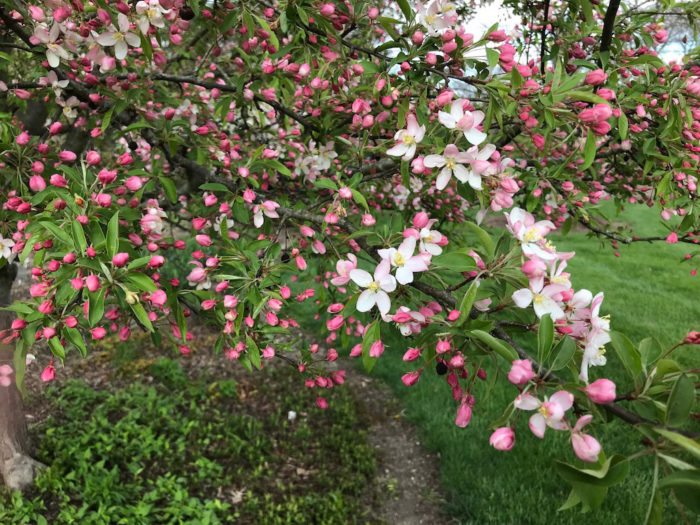
Monitor for insects and diseases. Use an integrated pest management (IPM) approach by first determining your threshold for taking action. Through inspection and monitoring, identify the pest or disease and learn its life cycle. Prevention includes knowing problems you may encounter with various types of plants, choosing resistant varieties, and in some cases, incorporating crop rotation to interrupt the habitat and life cycle of insects and diseases. If control is needed, choose the least risky methods, such as traps using pheromones as a lure or handpicking, which is commonly done with Japanese beetles (Popillia japonica). Other actions to take are removing plant debris that may be harboring pests and providing better air circulation through proper spacing and pruning. Continual monitoring is important to determine the effectiveness of your methods and to help you decide if you’ll need to move on to targeted spraying of pesticides. Widespread application of nonspecific pesticides should only be used as a last resort.
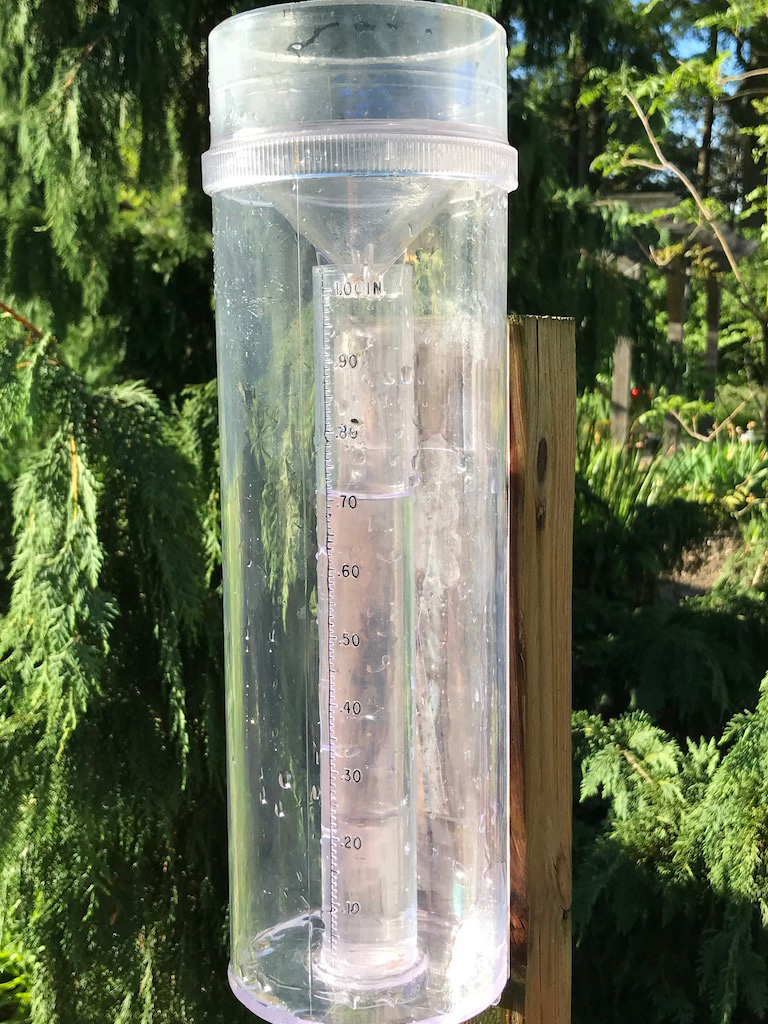
Make sure your plants are getting enough water. Established plants in the landscape need about an inch of water per week, so use an accurate and well-sited rain gauge to determine if you will need to supplement rainfall. If watering by hand, water at the soil level if possible. The best time to water is in the early morning so that any water that collects on the foliage has time to dry during the daylight hours, thus reducing the potential for certain diseases. If using a sprinkler or overhead/spray irrigation system, place a few vertical-sided containers in the coverage area that will help you accurately measure the quantity of water delivered. You may discover that there are differences in the amount that falls in different parts of the sprinkler’s range. For container plantings, more frequent watering, as often as once or twice a day, may be required. Closely monitor recently installed trees, shrubs, and herbaceous plants for their water needs by looking for signs of wilting and by checking the soil moisture in the root zone by hand.
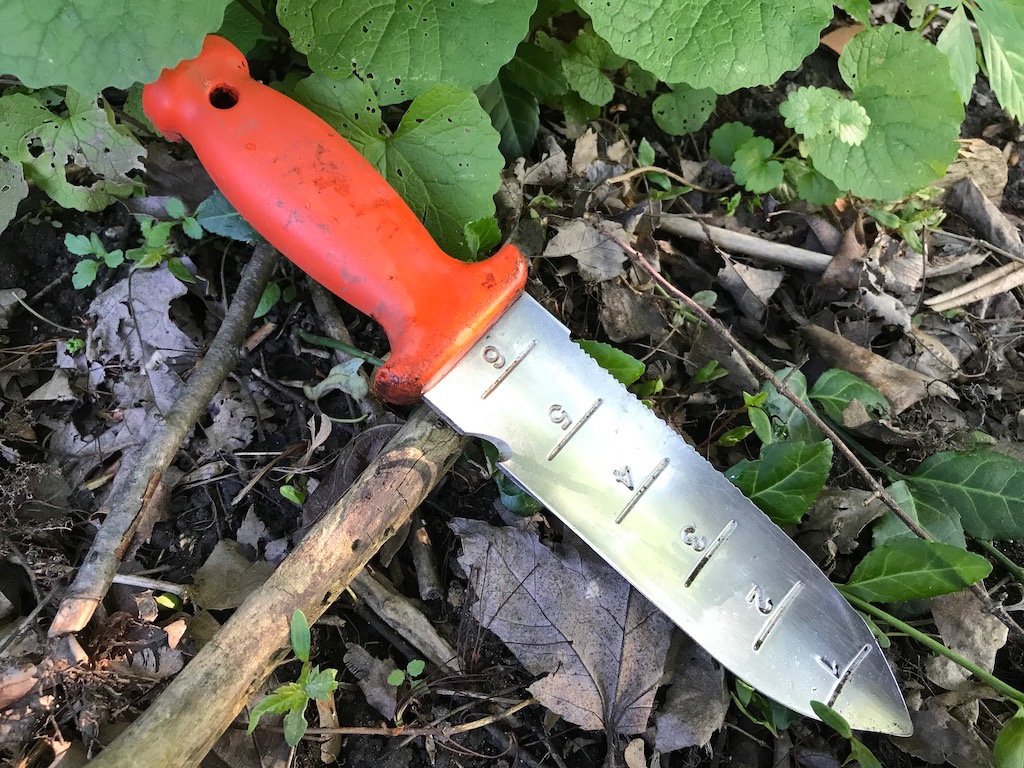
Weed and weed strategically. It is not just an aesthetic choice to weed. Early intervention reduces the frustration of even more widespread infestations in the future. It is important to remove the whole plant, roots and all, because perennial weeds will simply regrow if not completely eliminated, while annual weeds may still have time to regrow and set seed if only the aboveground portion is removed. The task is easier after rainfall or watering and may require some sort of tool like a soil knife for extra leverage. For your own comfort, do it early or later in the day to avoid the heat.

Start thinking about next year’s spring bulbs. Do it now while memories are fresh of what worked (and what didn’t) in your garden. If you got inspiration from other gardens, you probably have some photographs and sources to review, and you may need to consult those gardeners whose plantings you admired to get their input while spring is also still a recent memory for them. Catalogs are already arriving, and you can avoid disappointment by ordering early before favorite items are sold out.
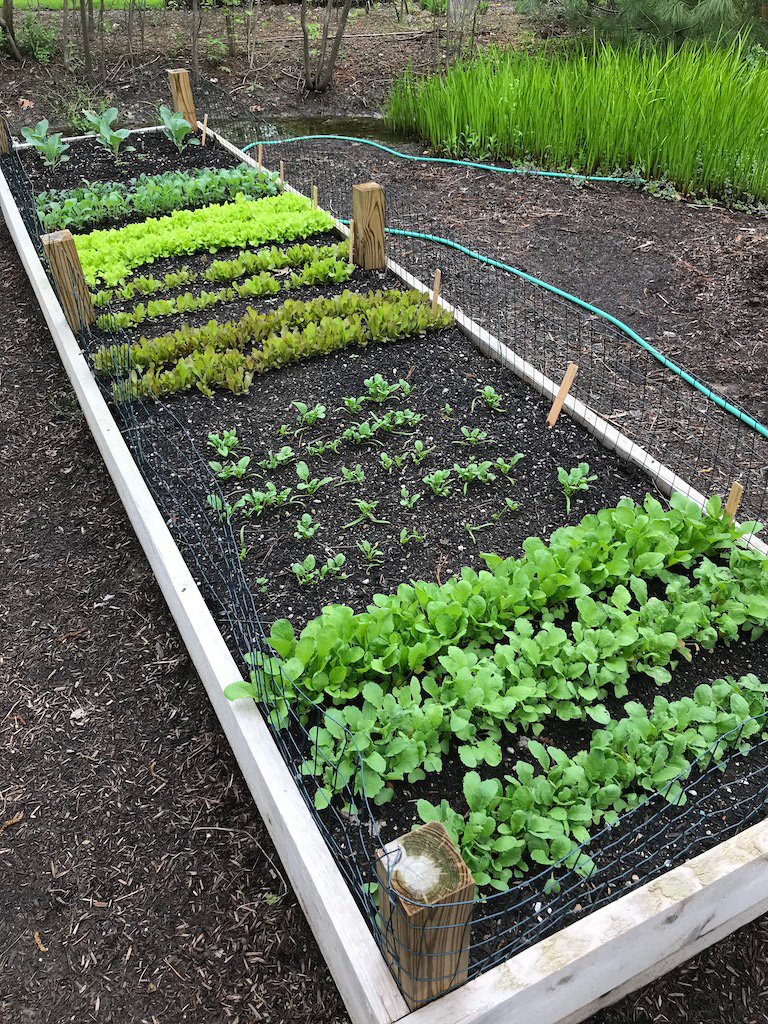
Prepare for vegetable gardening in late summer and into fall. Check your inventory, or obtain seed for a new round of cool-season crops. Particularly in cooler parts of the region, direct-sowing of some vegetables such as beets, broccoli, carrots, and kale can begin again this month. In hotter areas such as Missouri and southern parts of Illinois, Indiana, and Ohio, you can even sneak in a few transplants of quicker-maturing varieties of warm-season favorites such as tomatoes, peppers, squash, and cucumbers.
—Jim Kincannon is a graduate of the School of Professional Horticulture at the New York Botanical Garden, where he also earned a certificate in landscape design. He is a Master Gardener and was a horticulturist at Newfields in Indianapolis, where he now volunteers.
Fine Gardening Recommended Products

Fine Gardening receives a commission for items purchased through links on this site, including Amazon Associates and other affiliate advertising programs.
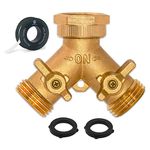
Morvat Heavy Duty Brass Y-Valve
Fine Gardening receives a commission for items purchased through links on this site, including Amazon Associates and other affiliate advertising programs.
- Fitted with US Standard NH 3/4" threads for use with most water source fittings
- Screw the 2 way splitter adapter by hand or wrench with the updated hexagonal top connection. The 360° rotatable swivel connection attaches to any water source.
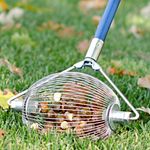
Medium Nut Wizard 14" for English Walnuts, Chestnuts, Golf Balls
Fine Gardening receives a commission for items purchased through links on this site, including Amazon Associates and other affiliate advertising programs.



















Comments
Log in or create an account to post a comment.
Sign up Log in